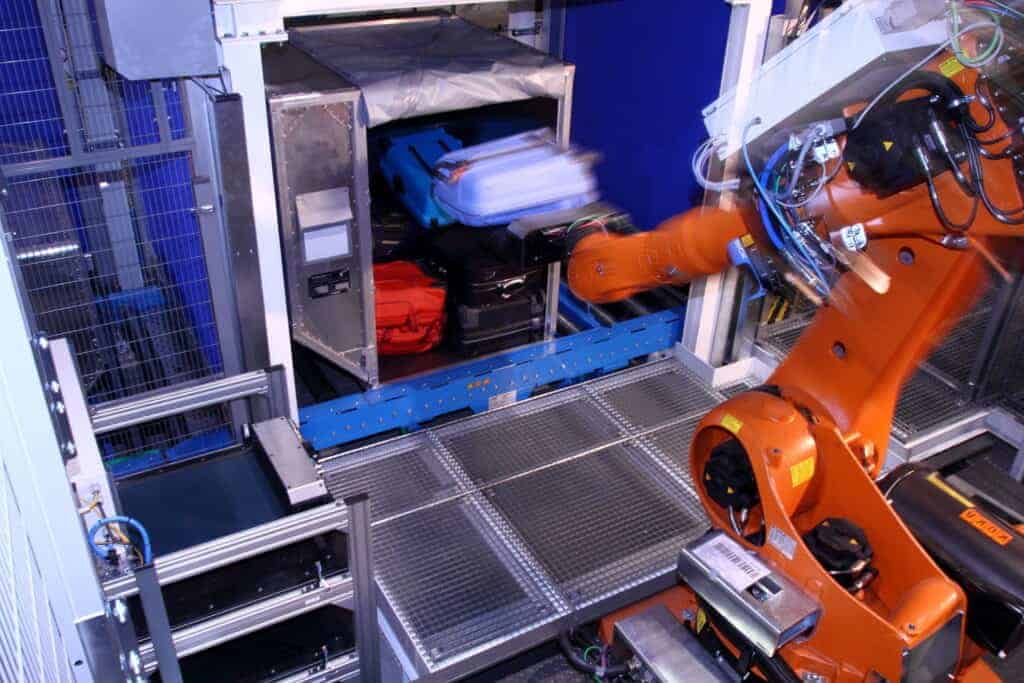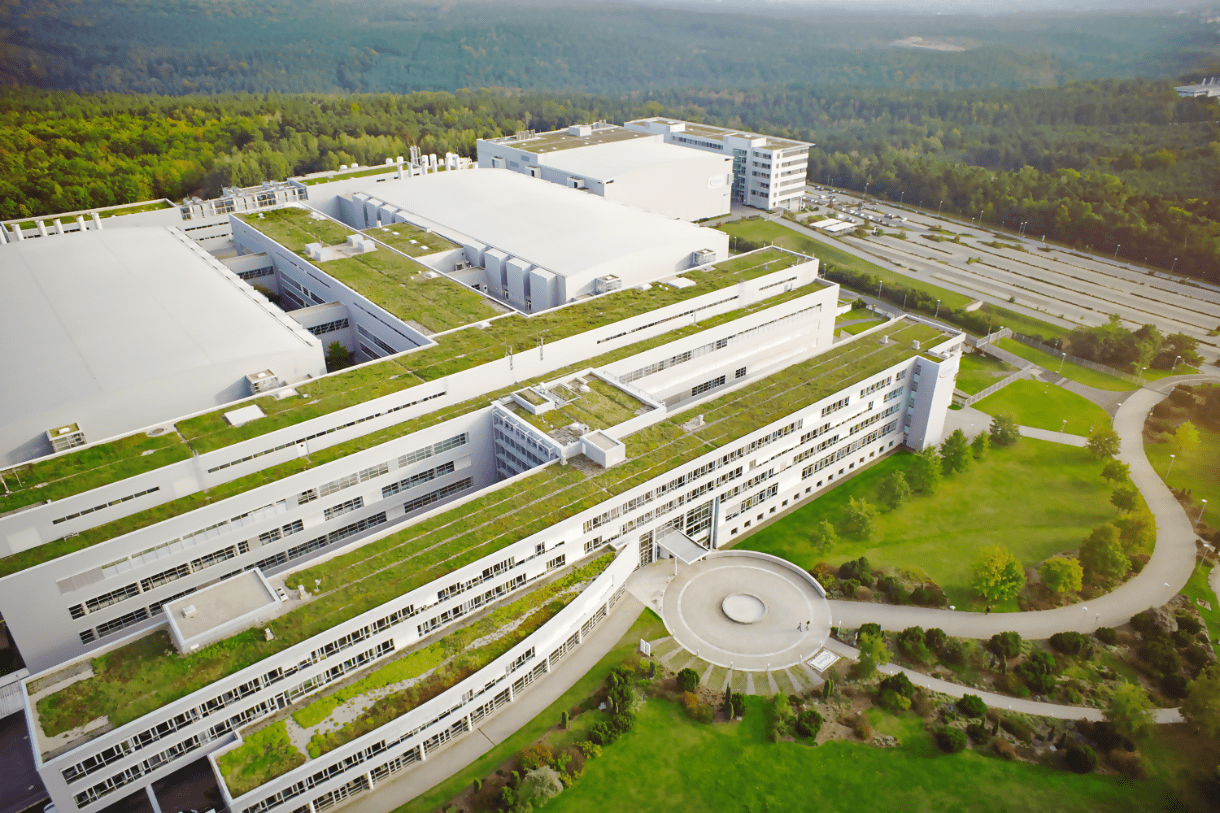
The aviation industry is currently facing a critical challenge of labour shortages, particularly in the area of baggage handling. To address this issue, airports are turning to cutting-edge technology such as Robotics and AI. With the increasing demand for a more efficient and future-proof working environment, the need for automation is more pressing than ever. Delayed flights due to staffing issues have become a significant concern, highlighting the importance of finding innovative solutions.
In many airports, the process of baggage handling is already largely automated. Conveyor belts, scanners for image processing, and other technologies are used to move luggage around the airport. But the last step – loading bags onto planes – still requires manual labour.
In an effort to increase efficiency, reduce labour costs, and improve the overall passenger experience, airports are now turning to automation and digitalization to solve their baggage handling issues. Leading providers of sorting and conveyor systems such as Siemens Logistics are offering innovative solutions that can be tailored to specific needs. Simulation tools are used to map scenarios from initial drawings to installed operational baggage handling systems while professional project management is provided for new or retrofit infrastructure projects.
The Unipack: The Future of Airport Baggage Handling?
One of the most promising pieces of technology for airport baggage handling is the Unipack automated baggage loading cell. Unipack is a buckling arm robot with a patented gripper system that can move and place pieces of luggage into a flight container or onto a baggage cart. It is capable of relieving workers from physically demanding work, enhancing flight security, tracking luggage until inside the aircraft, and increasing quality and degree of filling through its patented picking unit.
These robots move their load precisely above the pre-estimated spot in the container before quickly retracting its telescopic surface and placing down on desired spot (gravity principle). This meets safety, performance and ergonomics requirements placed on future-proof airport logistics worldwide.
Huge investments
Stansted Airport in the UK recently completed a 70m Pound upgrade to its baggage handling system, installing 2.4km of conveyor belts and track as well as 180 automated carts. This system reaches speeds of up to five metres per second (18km/h), meaning bags take just six minutes to travel from check-in at Stansted to being ready to load onto an aircraft.
The global airport baggage handling market was worth $5.4bn in 2019 and is expected to expand at a CAGR of 0.5% through 2025. Market leaders are partnering with technology start-ups with a view to providing a complete portfolio of baggage handling solutions.
The use of technology such as IoT (Internet of Things), RFID (Radio-Frequency Identification), robotics and others are gaining traction in the aviation industry as airports look for ways to reduce mishandling and improve process efficiency, passenger experience and safety. As these technologies become more widely adopted, they may prove to be invaluable in helping airports cope with labor shortages while simultaneously improving working conditions.








